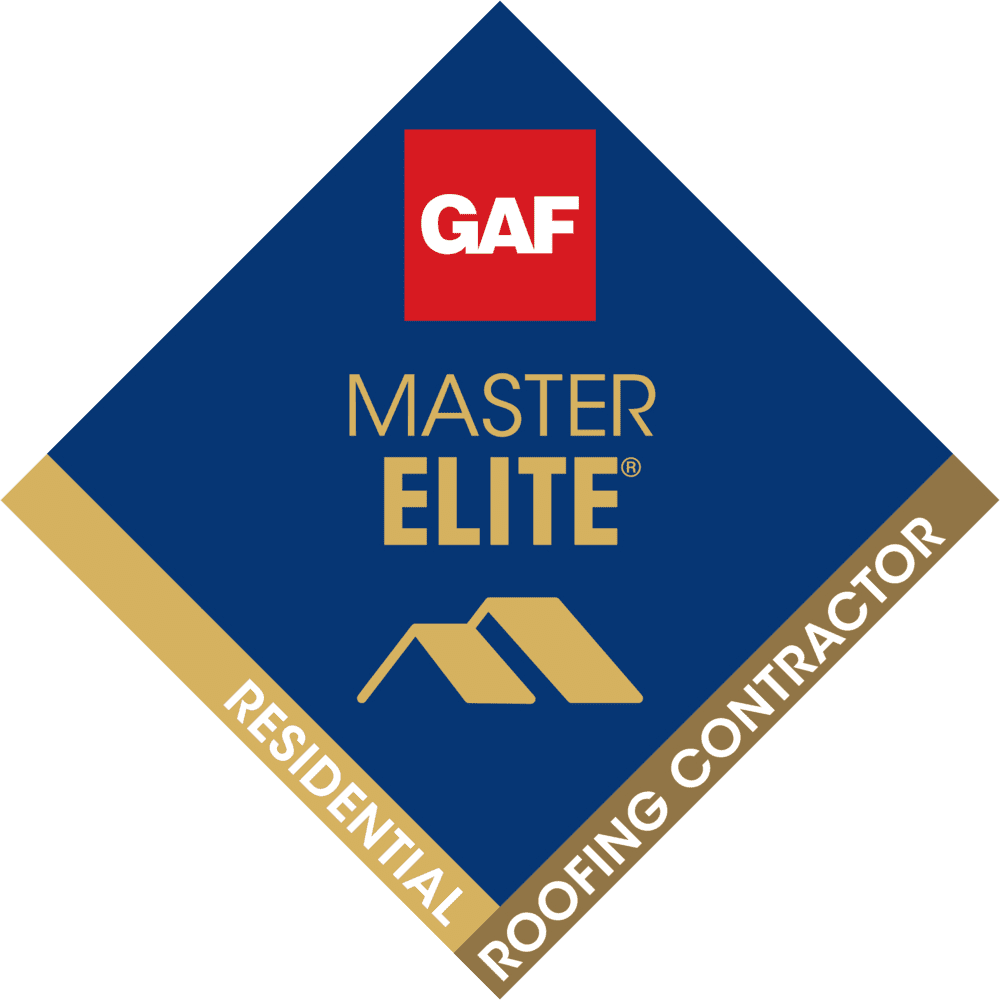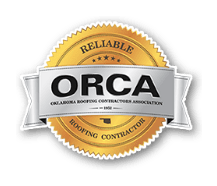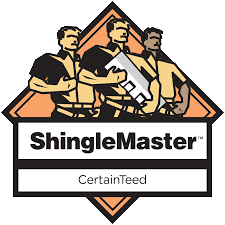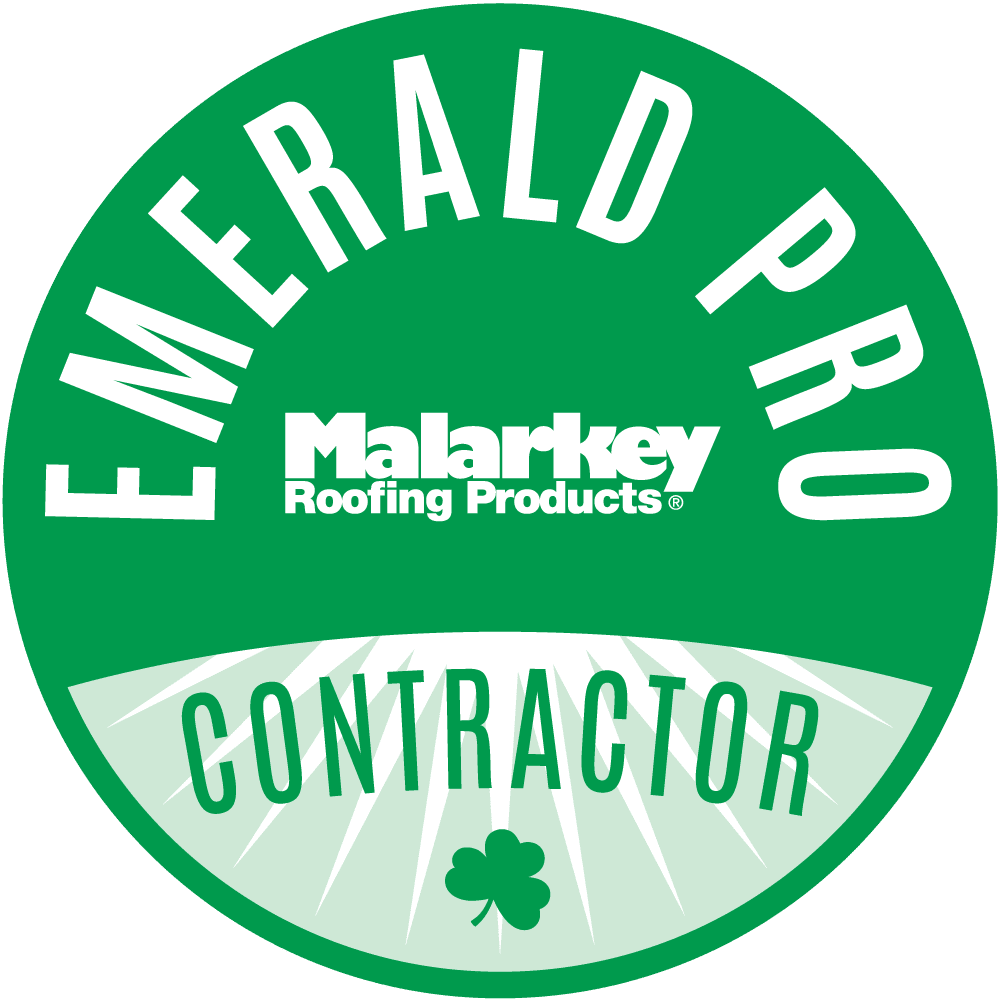How to Stop Roof Damage in Winter?
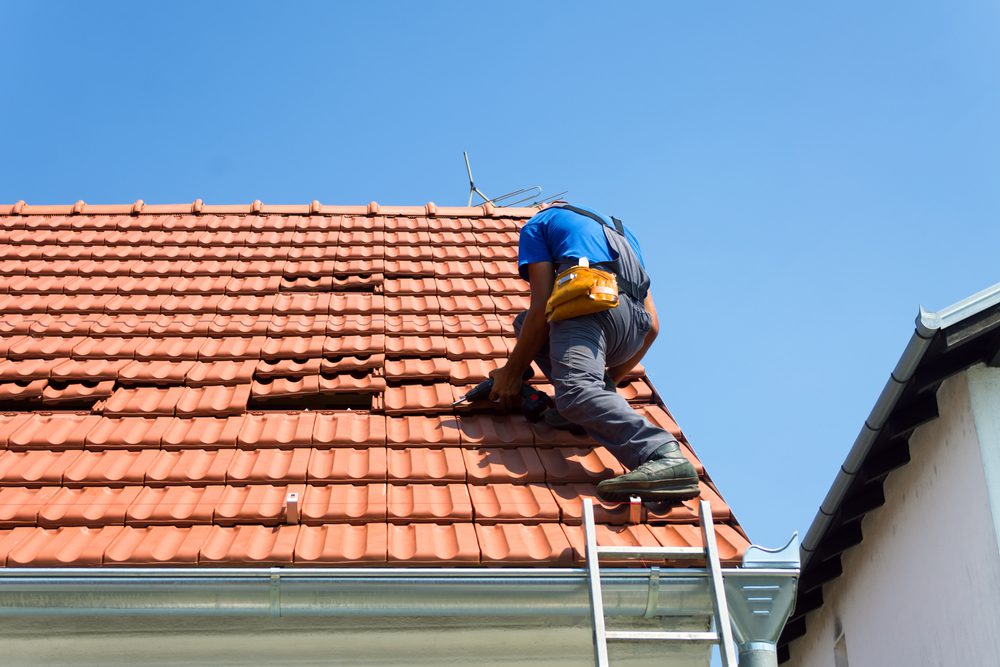
It’s easier than it sounds to avoid roof damage to keep your family warm and safe all winter long. Homeowners today don’t even need to get on their roofs to take the precautions they need. To avoid roof damage as temperatures drop, here are ten timely tips.
Your Gutters Sweep and Fix
The gutter and drain system around the edge of your roof allows water to be stored and deposited away from the base of your house. In your gutters and on the top of your roof, clogs contribute to standing water. It will obviously lead to mold and mildew growth. Initial forecasts indicate that this winter, temperatures will drop below freezing, leaving that water to transform to ice.
Remove the Roof Debris
Litter on the roof of your home is an accident waiting to happen. Shingles will crack or dislodge even small objects tossed around by the wind. Wet leaf stacks can lead to mold. Pests are enticed by errant nuts or berries. It’s necessary to clear the roof of potential problems at the end of the fall season. Just make sure you’re safely doing it. Roof-related falls are, for professionals and for homeowners, among the most dangerous.
Mildew and Mold Treat
Did your shingles take on the shine of green, yellow, or black? You might have a problem with moss, mildew, algae or mold. It can make shingles damaged and underneath the sheathing, as well as create a nasty smell. Consult your roofer to get the products on your roof to have these eliminated.
Schedule a specialist inspection
For safety reasons, walking on the roof is dangerous, but can cause roof damage. Without putting you or your home at risk, roofing companies can now use drones to get precise measurements and view shingles and areas of particular concerns up close.
Broken or Absent Shingles patch
In addition, repairing damaged or missing shingles avoids leaking moisture into the attic and damage the house. You will need several thousand dollars in repairs by the time you note the indoor signs. Keep bills low with preventive maintenance and a comprehensive fall inspection.
Deal with the cause of any ice dams
If you have ever had an ice dam, the moisture barrier and insulation in your attic are likely to be insufficient. Schedule an inspection with a contractor who can recommend how to stop the creation of more ice dams. In most cases, to stop further leaks, you would need to apply extra insulation to your attic or at least install a large piece of metal flashing around the edges of the roof.
Don’t wait before another ice dam builds up
Leaks can lead to structural damage or rot to the roof as they melt and water seeps under your shingles.
Check the roof’s structure
Older homes may have roof trusses or rafters that are inadequately sized. In most cases, inadequate roofing structural elements are to blame when you learn about a roof collapse. When you know about the problem, roofing rafters can easily be reinforced, so get a professional to check your roof if your home was constructed prior to the 1950s. Also, if you have had roof leaks in the past, it might weaken your rafters.A simple inspection by a professional will ensure that your roof can withstand the typical snow load in your area.
Look for shingles that are damaged
You should search for any broken, missing, or deformed shingles on your roof after every winter and windstorm. Damaged shingles should be replaced during the spring. Leaks can occur if they are ignored. Also, when they are exposed to melting snow, the underlying wood may rot. Make your search stop at All American Roofing for the best roofing consultation. Ask our roofers to get the right solution.

